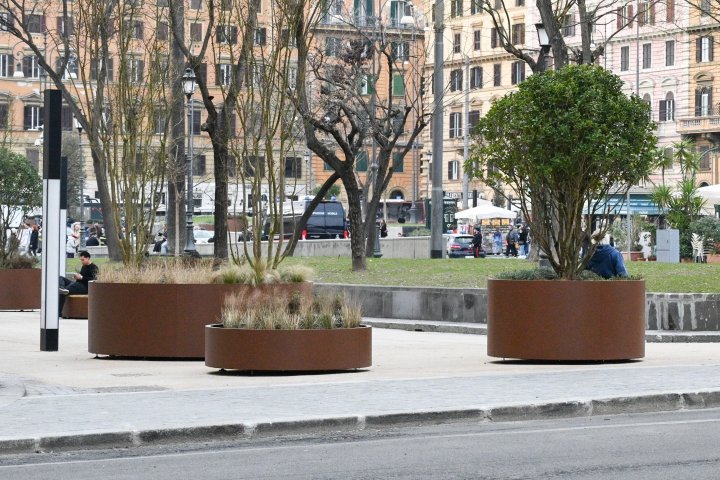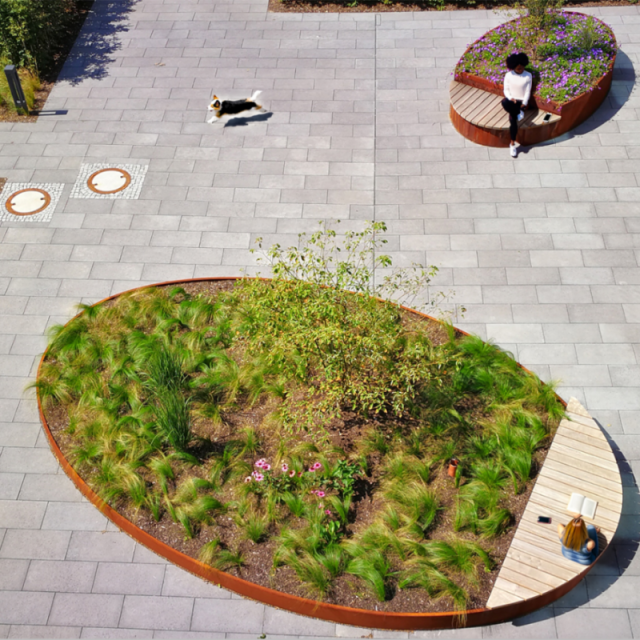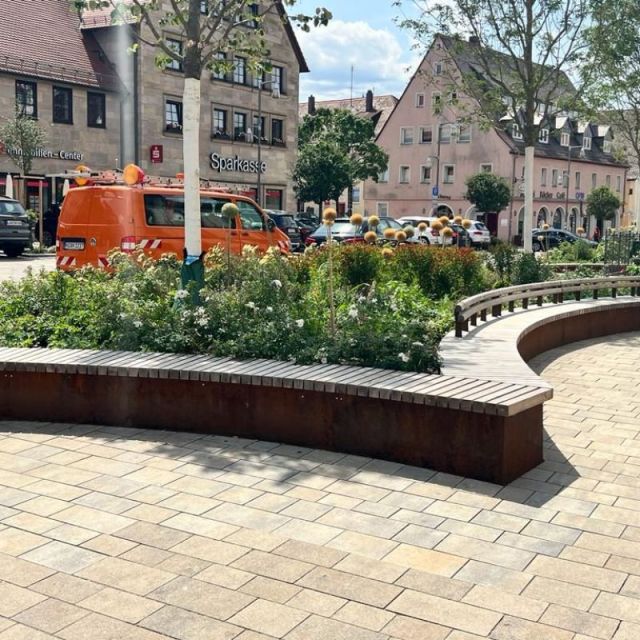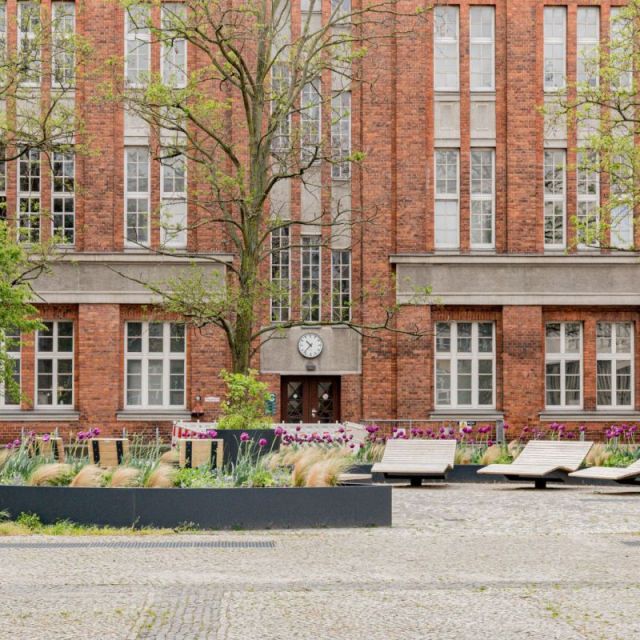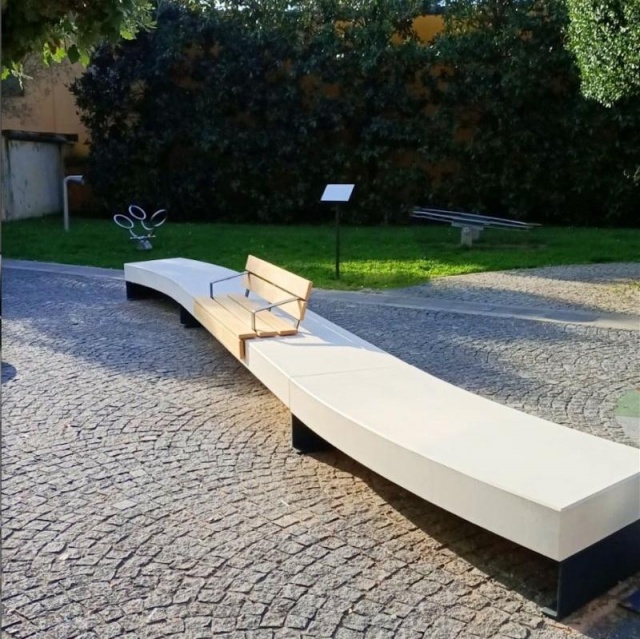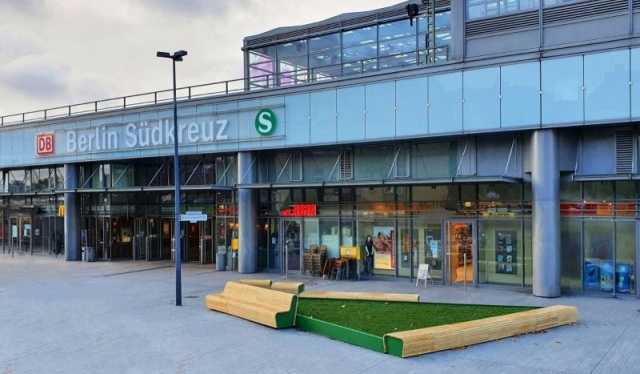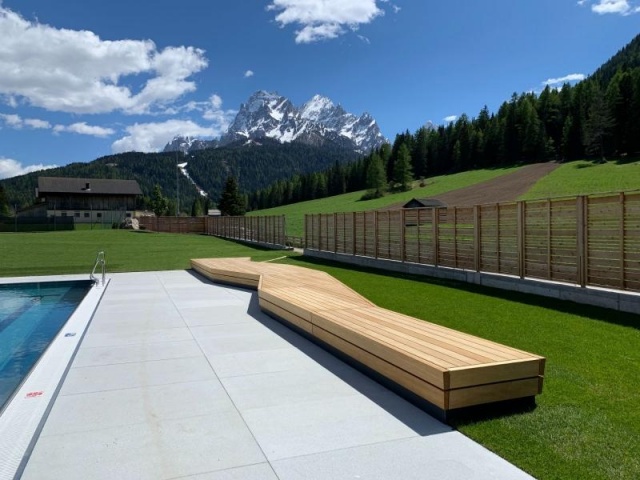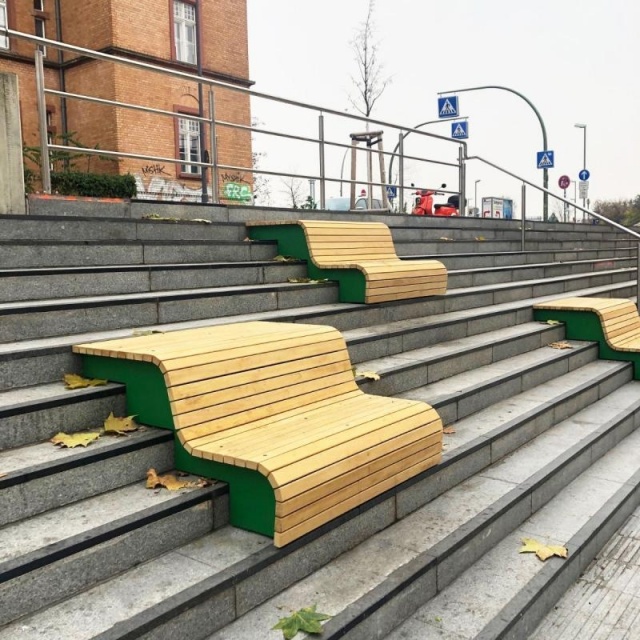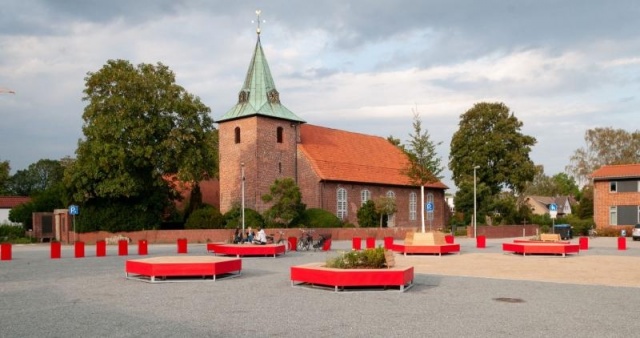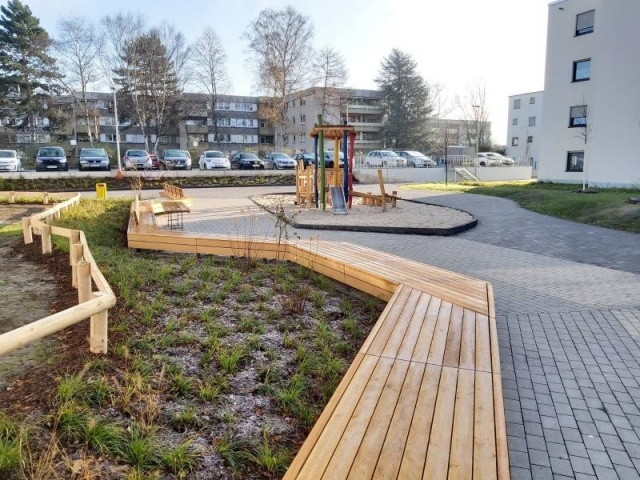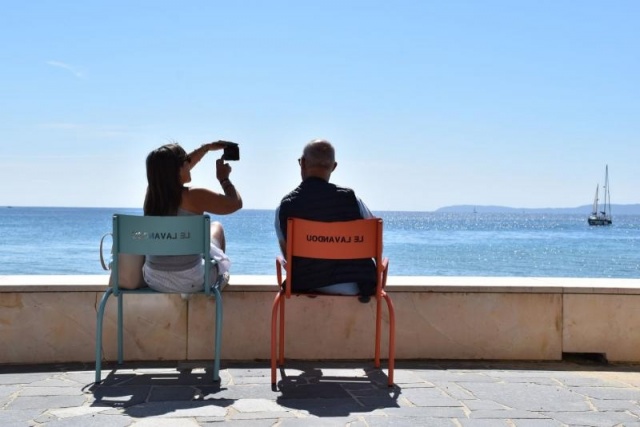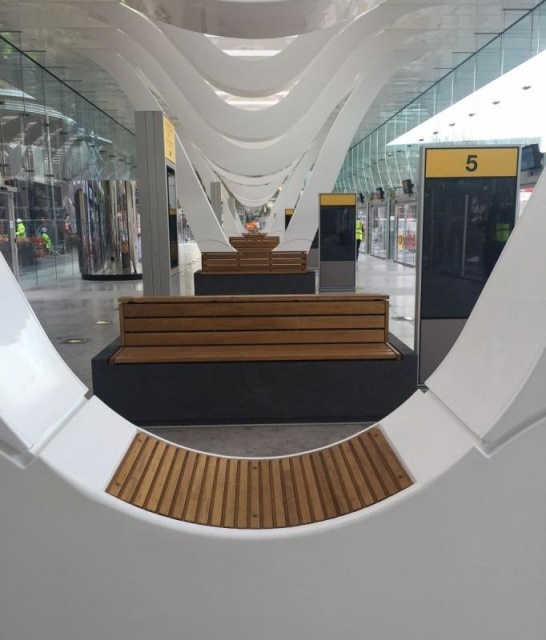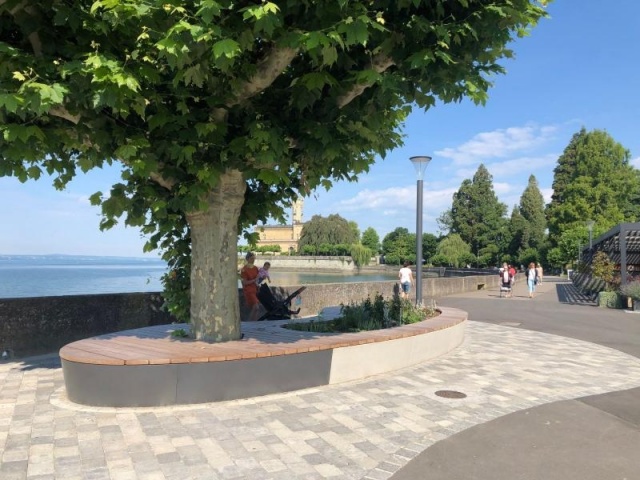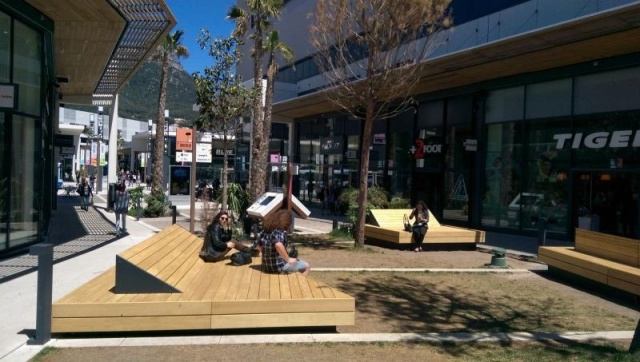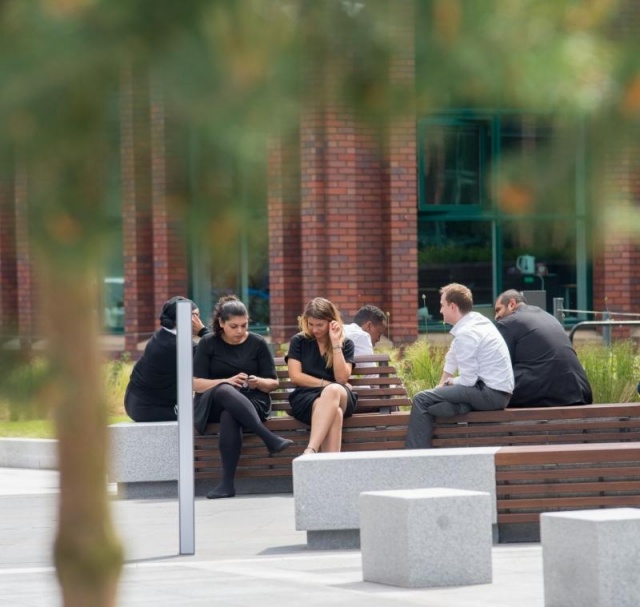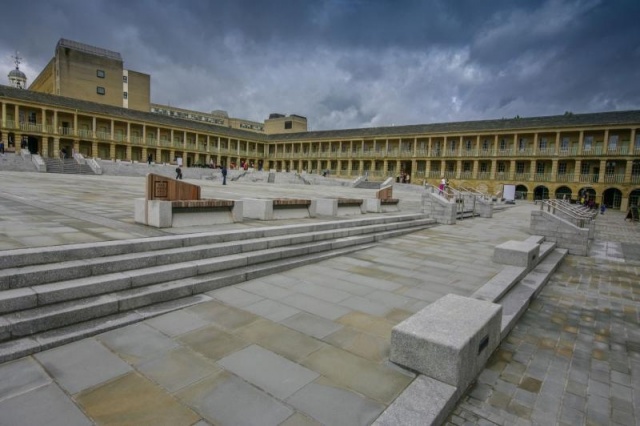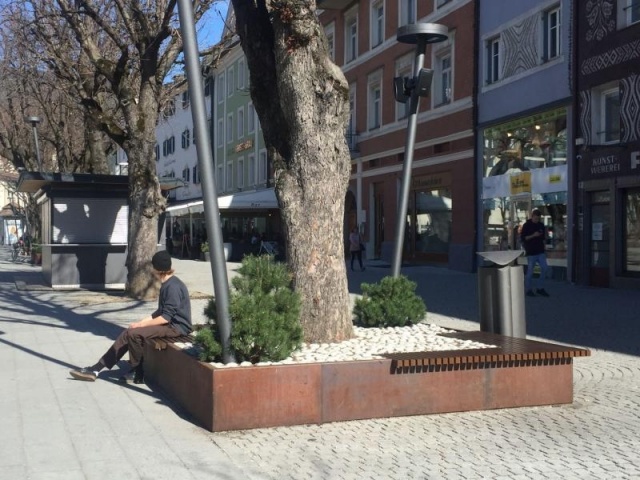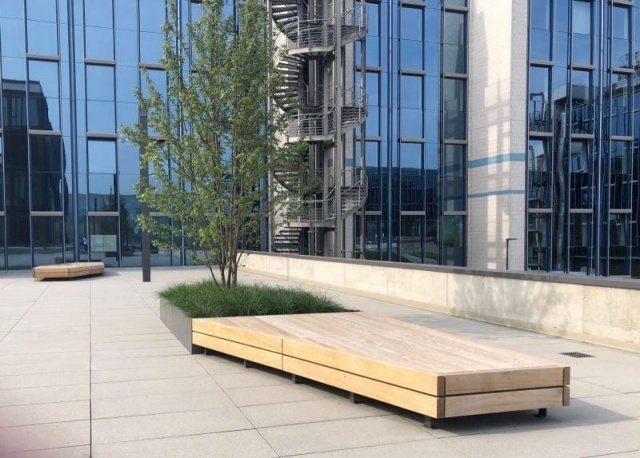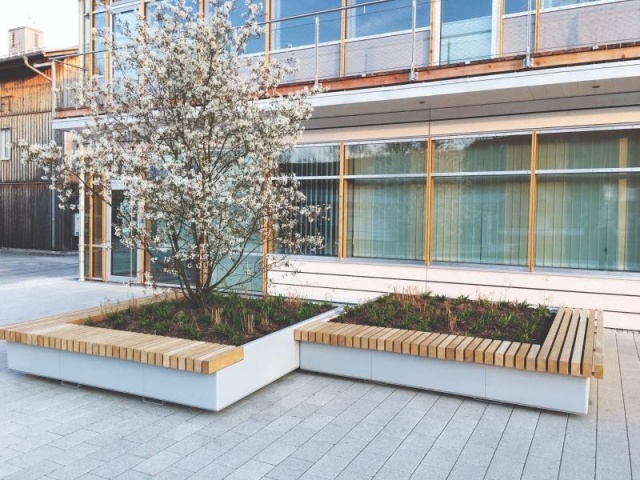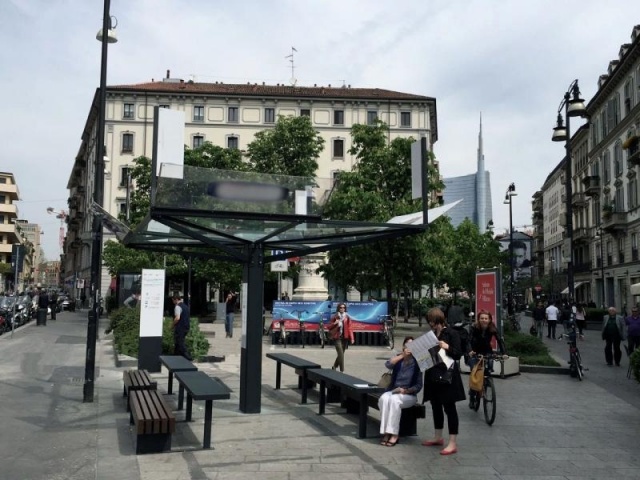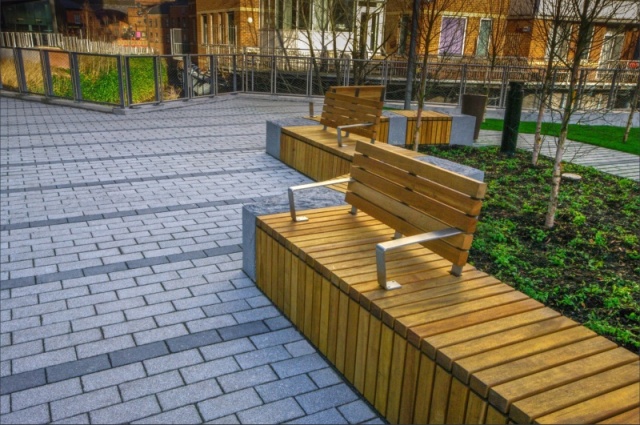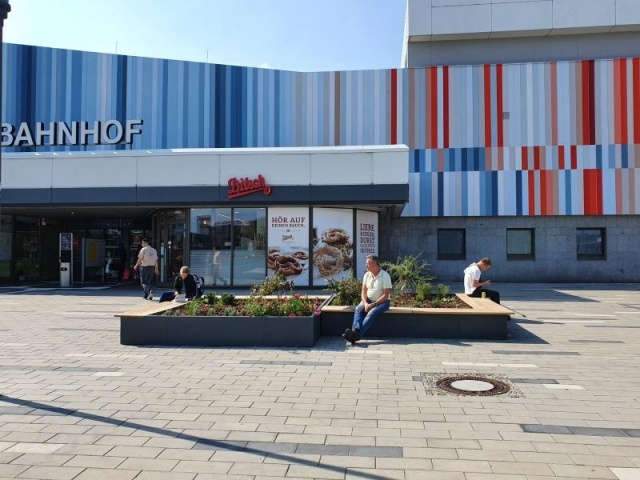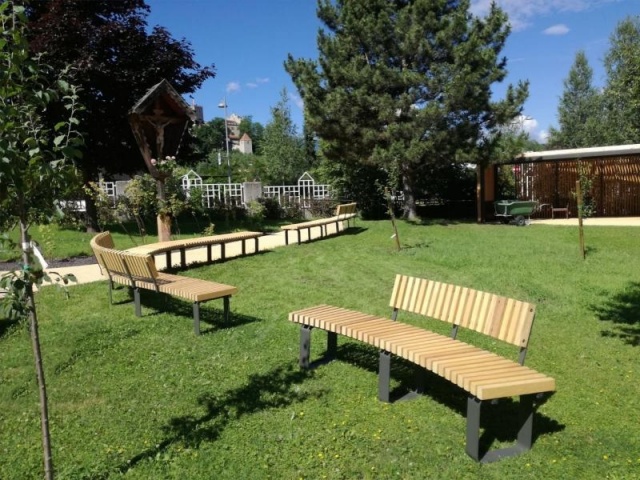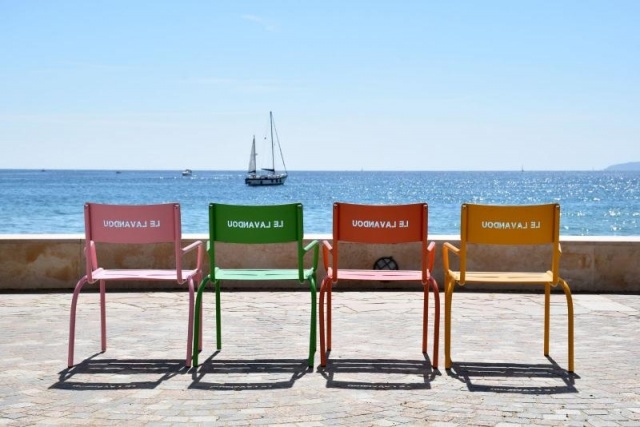Street furniture
THE ART OF SHAPING STREET FURNITURE: SITTING IN STYLE AND COMFORT
In the hectic world of cities, there is an often overlooked hero class: street furniture. From benches to planters to bike racks, these seemingly inconspicuous objects play a crucial role in the well-being of city dwellers.
Just think of the moment when, after a long walk, you can finally take a seat on a bench to rest and watch the hustle and bustle of the city. Or how about the calming green of the flowers and plants in the planters that make city streets and squares a little more cosy?
Street furniture is not only functional, but also a way to characterise the identity and atmosphere of a city. Among the various elements of street furniture, seating is particularly important as it offers residents and visitors a place to rest, linger and enjoy their surroundings. The design of seating therefore plays a crucial role in combining comfort, aesthetics and functionality.
The variety of forms of seating in urban environments is impressive: from traditional benches made of wood to modern seating islands made of concrete or steel. Each form has its own merits and adapts to the different needs and styles of each environment.
Traditional benches offer timeless elegance and a touch of nostalgia. Their curved lines and wooden surfaces invite you to linger and blend harmoniously into historic neighbourhoods or green parks. But modern designs have also found their place, playing with innovative materials and shapes to create unique seating that blends seamlessly into the urban environment.
However, the design of seating not only takes aesthetic aspects into account, but also practical considerations such as weather resistance, accessibility and ergonomic design. Benches need to be robust enough to withstand daily wear and tear while providing comfort and support. Ergonomic aspects such as the angle of the backrest and the height of the seat are crucial for the well-being of users and help to ensure that they feel comfortable even after sitting for long periods of time.
In addition, the placement of seating plays an important role in usage and social interaction in the city. Whether along busy pedestrian areas, in cosy courtyards or overlooking picturesque views, the right placement can help create a welcoming atmosphere and strengthen a sense of community.
Overall, the design of seating is a fascinating interplay of aesthetics, functionality and social interaction. It helps to shape the urban landscape and give residents a sense of belonging and comfort. Whether classic or modern, the art of shaping seating is an important part of urban quality of life.




In a world where functionality often takes precedence, the creative side of street furniture reminds us that design and art can also play an important role in everyday life. It challenges us to see our surroundings with new eyes and inspires us to realise our own creative ideas. So next time we stroll through the streets, let's pause for a moment to admire the beauty and diversity of street furniture - because behind every object lies a story and a potential for artistic discovery.
Street furniture is more than just a visual delight - it also encourages social interaction. Benches invite people to linger and chat, while public spaces with tables and chairs become meeting places for friends and families. Even a simple letterbox can become a place of communication when people leave messages or look for mail.
At a time when digitalisation is often gaining the upper hand, street furniture reminds us that the real world around us is alive and appeals to our senses. It creates places of encounter, comfort and inspiration and thus makes a decisive contribution to the well-being of people in our cities. So next time we take a seat on a bench, let's pause for a moment and give street furniture the recognition it deserves - because without it, our urban landscape would clearly be poorer and less inviting.

 en
en  de
de it
it



